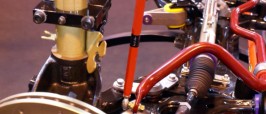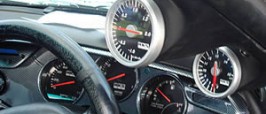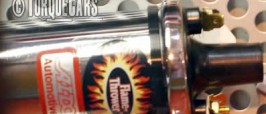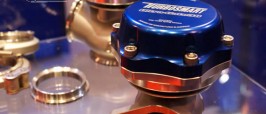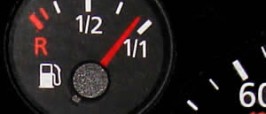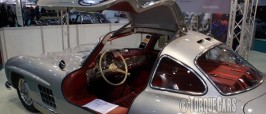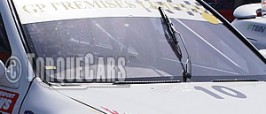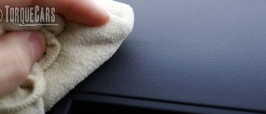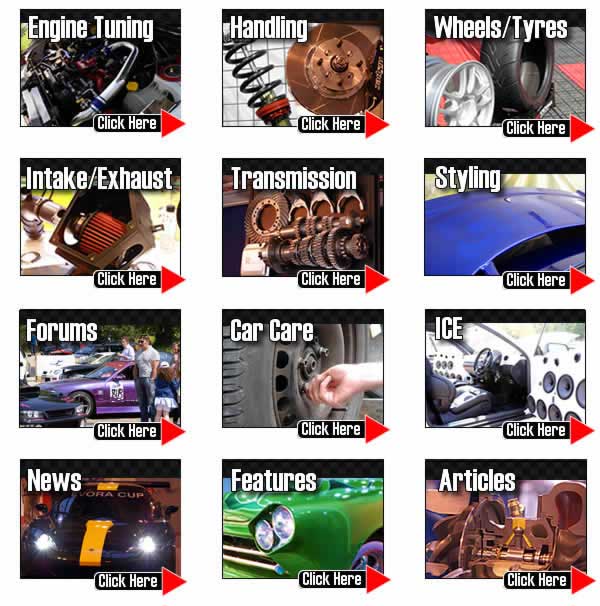
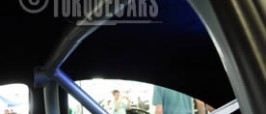
Many tracks insist that cars are fitted with roll cages and or roll bars. In motor sport competitions you will see that most regulations also insist on a roll-cage. What is the job of a roll cage and are there any advantages to having one fitted? More and more Torquecars members cars are being fitted with roll cages, so is this just a new styling trend or is there something beneficial to the car tuner?
Roll cages offer protection to the driver and tighter body control.
Tyres and tread patterns for High performance cars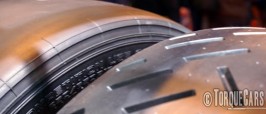
Performance tyres, selection and tyre tread patterns. "If you're feeling tyred!" The importance of your cars tires should never be overlooked. A […]
Engine tuning mods for various engine types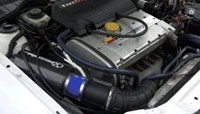
General engine tuning tips "Tuning Modz" Engine Tuning an overview. Engine tuning depends largely on the base engine size and […]
Particulate filters and FAP Performance gains.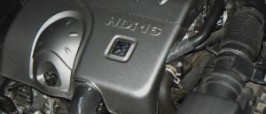
The particulate filter is a stand alone unit. It is located upstream of the cat in the exhaust system and its purpose is to remove soot particles from the gas stream. The cat the proceeds to do its usual job of converting CO to CO2 and is in no way dependent or relied upon by the particulate filter.
In diesels the cats are two way devices and run in unregulated mode (ie. no O2 sensor like a petrol car).

